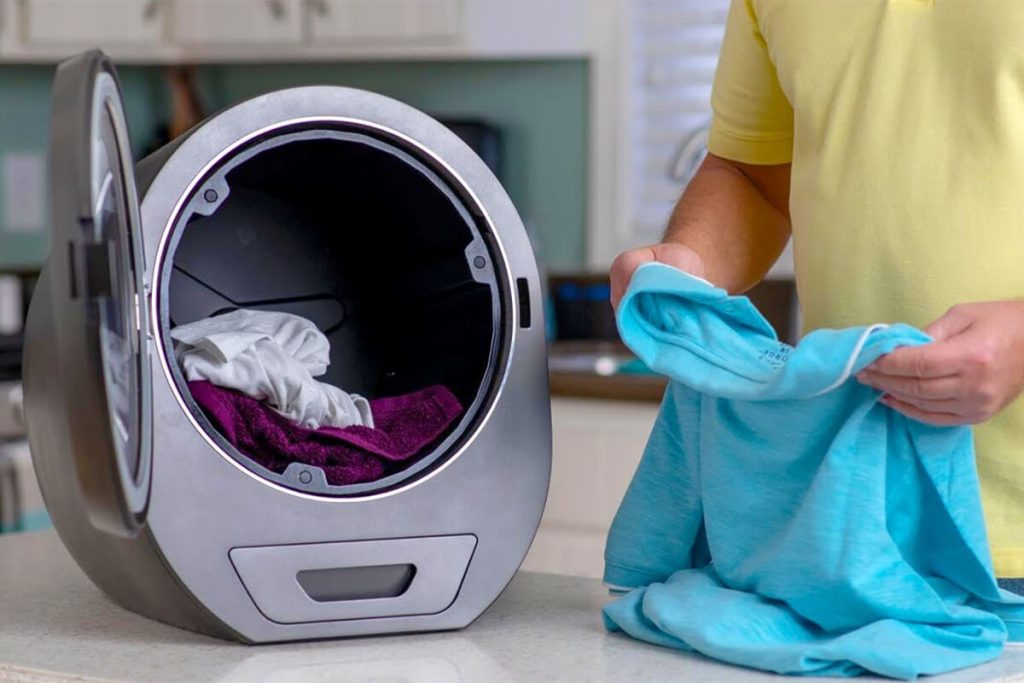Envelope stuffing jobs, a term that's been floating around the employment sphere for quite some time, often stirs up a mix of curiosity and skepticism. The concept sounds simple enough—placing documents or other materials into envelopes, sealing them, and preparing them for distribution. But is it as straightforward as it sounds? Let's delve into the intricacies of this job, its potential pay, and the feasibility of doing it from home.
Understanding Envelope Stuffing Jobs

freepik / freepik
At its core, envelope stuffing is a clerical task. Traditionally, businesses required personnel to manually stuff envelopes with letters, brochures, or promotional materials. This was especially prevalent before the digital age when physical mail was the primary mode of communication and marketing.
Payment Structure

Karolina Grabowska / Pexels
The pay for envelope stuffing varies widely. Some employers offer a fixed salary, while others may pay on a per-envelope basis. On average, an individual can expect to earn between $0.10 to $1.00 for every envelope they stuff, depending on the complexity of the materials and the employer's budget. However, it's essential to approach such offers with caution. There are numerous scams associated with envelope stuffing, where individuals are asked to pay upfront fees for starter kits, only to find there's no actual job at the end of the line.
Working from Home

Castorly Stock / Pexels
With the rise of remote work, many people wonder if envelope stuffing can be done from the comfort of their homes. The answer is yes—but with some caveats. Some legitimate companies might offer such roles, especially if they have a high volume of mail and prefer to outsource the task rather than use automated machines. In these cases, the company might provide you with the necessary materials, and your job would be to assemble and return them.
However, a more common scenario for home-based envelope stuffing involves starting your own direct mail service. This would entail acquiring clients who need bulk mailing services and handling the process from your home. It might require an initial investment in materials and postage, but it could offer more control and potentially higher earnings.
Is Envelope Stuffing a Good Job Choice?
Like any job, envelope stuffing has its pros and cons. Let's weigh them:
Advantages

Anete Lusina / Pexels
Flexibility: One of the primary benefits of envelope stuffing, especially from home, is the flexibility it offers. You can often set your own hours and work at your own pace.
Low Entry Barrier: The job doesn't require specialized skills or training. If you're diligent and can handle repetitive tasks, it's an easy role to get into.
Startup Opportunity: For entrepreneurial spirits, starting a direct mail service can be a venture that goes beyond just stuffing envelopes. It can involve managing mailing lists, designing promotional materials, and more.
Drawbacks

Anete Lusina / Pexels
Repetitiveness: The task can be monotonous. Stuffing envelopes for hours on end might not be everyone's cup of tea.
Physical Strain: It might sound trivial, but handling paper for extended periods can lead to paper cuts, and repetitive motions might cause strain.
Income Limitations: The earning potential, unless you scale up and start your own service, can be limited. It might not provide a full-time wage for many.
Scam Potential: Unfortunately, the envelope stuffing sector is riddled with scams. It's crucial to research any opportunity thoroughly and avoid offers that seem too good to be true or ask for upfront payments.
Concluding Thoughts
Envelope stuffing jobs, while simple in nature, come with their set of challenges and considerations. For those seeking a side hustle or a stepping stone into the world of direct mail services, it can be a viable option. However, it's paramount to tread with caution, stay informed, and be wary of red flags.
For individuals who value flexibility and don't mind repetitive tasks, this job can offer a unique blend of home-based convenience. But as with any opportunity, it's essential to weigh the potential benefits against the drawbacks, ensuring it aligns with one's career aspirations and financial needs.
show more






















